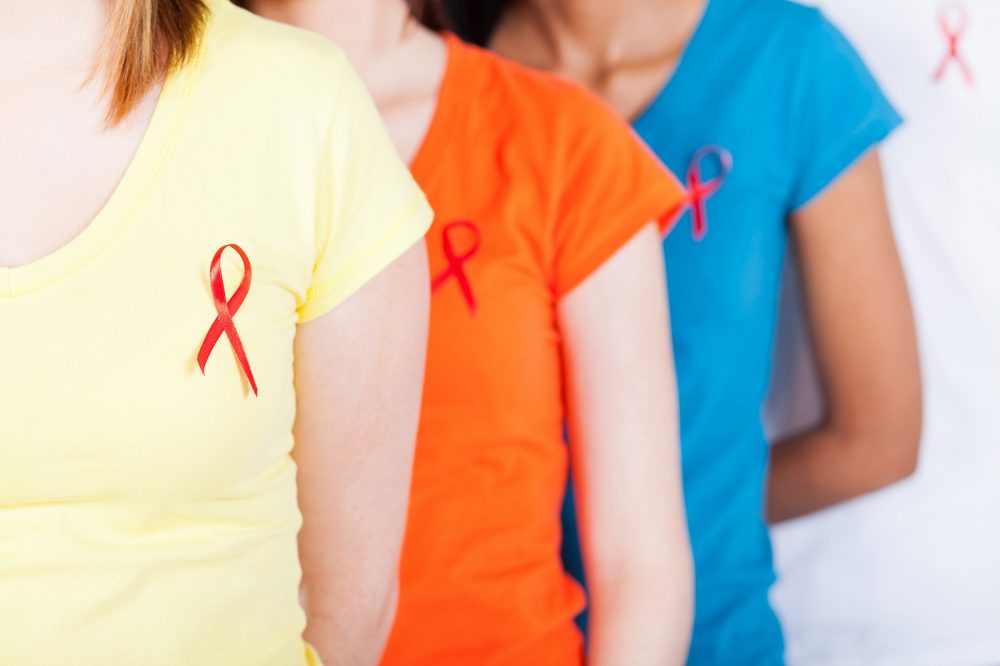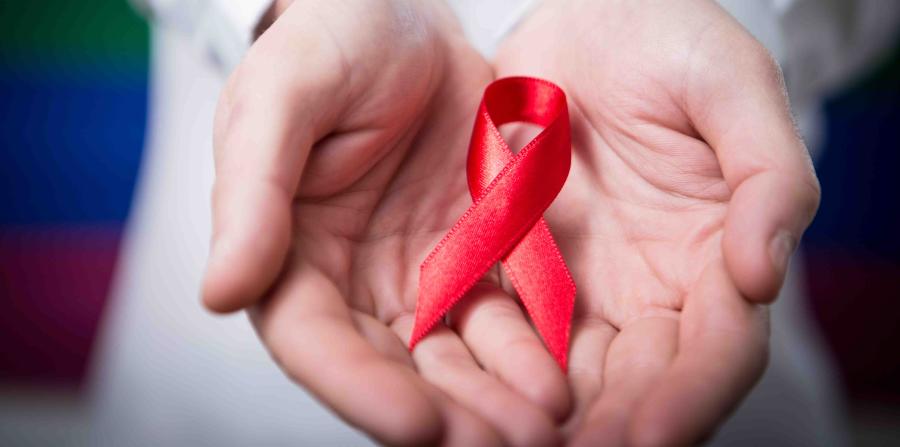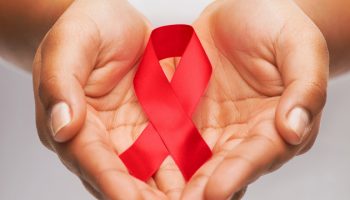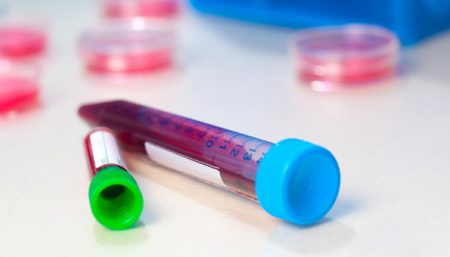
The globally-followed guidelines have changed the very nature of guidelines for the treatment of HIV. Clinical consensus among globally-followed guidelines means that the focus shifts from care to the standard of care, and to adding public health and quality of life.
- The new WHO guidelines state that, “Antiretroviral therapy should be initiated in all adults living with HIV at any CD4 cell count.” The same recommendation applies to infants, children, adolescents and pregnant women with HIV. People with advanced immune suppression or clinical symptoms of AIDS should be prioritised for treatment. WHO estimates that if these recommendations are widely adopted worldwide, they could avert 21 million deaths and prevent 28 million new infections by the year 2030.
Oral PrEP (containing [tenofovir disoproxil fumarate]) should be offered as an additional prevention choice for people at substantial risk of HIV infection as part of combination prevention approaches. Gilead Sciences’ Truvada (tenofovir plus emtricitabine) has been most extensively studied for PrEP and is the only PrEP option approved by the US Food and Drug Administration. Tenofovir alone was also evaluated in some PrEP trials.
- Under the new recommendation, the number of people eligible for treatment has increased from 28 to 37 million worldwide, according to WHO. UNAIDS estimated that 15 million people are on treatment as of March 2015, representing 41% of adults and 32% of children living with HIV.
- The new guidelines stress that in order to effectively implement the recommendations, countries will need to ensure that testing and treatment for HIV are readily available and that people on treatment are given support to stay in care and maintain good adherence.
Expanded access to treatment and PrEP are key tools to reach the UNAIDS 90-90-90 targets, which include 90% of people living with HIV being aware of their status, 90% of those receiving antiretroviral therapy and 90% of those having undetectable viral load.

Ten Things You Must Know About HIV Today
- PrEP works in the real world
- HIV can be detected within weeks
- Late testing can be lethal
- Undetectable viral load can be an effective HIV prevention strategy
- Repeated exposures increase the risk of an activity
- Not every HIV exposure leads to an infection
- Rectal fluid can transmit HIV
- People aren’t using condoms correctly
- People with HIV can have a near-normal life expectancy
- Prepare for an aging HIV epidemic
For detailed input log on to http://www.catie.ca/en/news/ten-things-you-may-not-know-about-hiv-today
Disclaimer
The Content is not intended to be a substitute for professional medical advice, diagnosis, or treatment. Always seek the advice of your physician or other qualified health provider with any questions you may have regarding a medical condition.


